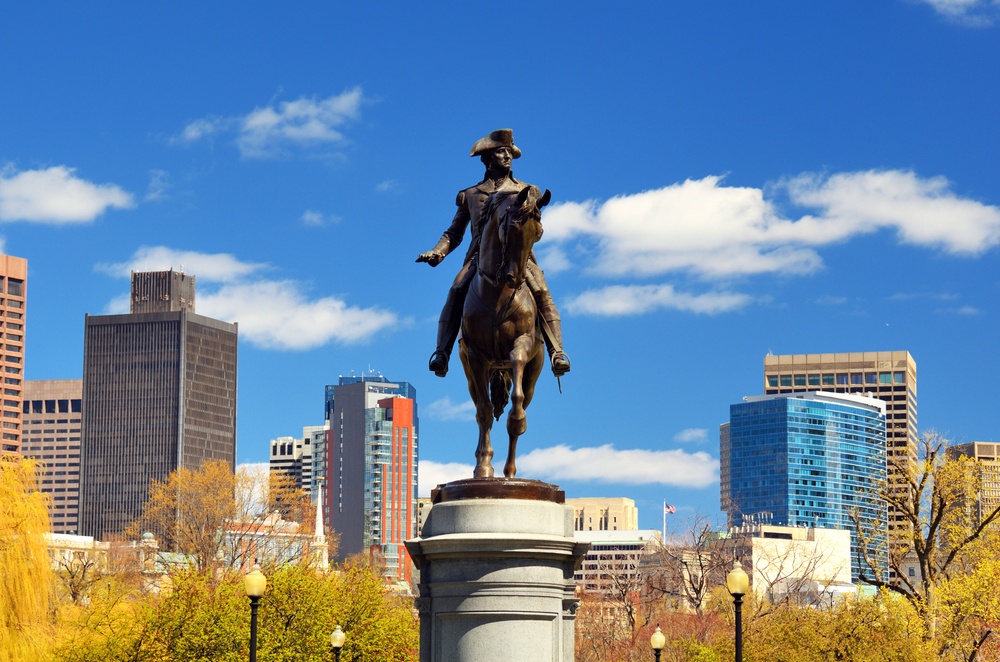Long before Snapchat, Facebook, televisions or radios, America’s founding fathers created a campaign of independence that would redefine the world. And although the term of “Public Relations” wasn’t defined until the early 1900s, our Sons of Liberty were practicing the trade long before they knew what to call it. Their public influence is the reason we celebrate our independence today. In honor of July 4th, here are some of our favorite examples of the first PR campaigns.
Thomas Paine’s Common Sense - The First Press Release
Common Sense was a pamphlet written by Thomas Paine in 1776 advocating independence from Great Britain to people in the thirteen Colonies. In proportion to the 2.5 million colonists occupying the New World at that time, Common Sense had the largest sale and circulation of any book published in American history. Its success was in part due to Thomas Paine’s ability to accurately identify his audience and connect to their principles. He also structured the publication as if it were a sermon, and the pamphlet was read aloud at taverns and meeting places across the colonies.
Long before anyone called it a press release, Thomas Paine’s Common Sense was circulated across the land, and even into parts of Europe. Paine granted publishing rights to nearly every imprint which requested them, and the work was printed in dozens of newspapers. It was even translated into French.
Samuel Adams: The master of propaganda
Samuel Adams was a statesman and political philosopher, and is considered a key leader of the early movement that became the American Revolution. The Sugar Act (1764), Stamp Act (1765), Townshend Acts (1767), and Tea Act (1773) all fueled the rebellious rallying cry “taxation without representation”—and Sam Adams was at the forefront of the resistance.
Through his influence in Massachusetts government, Adams organized economic boycotts of British goods that soon spread to Rhode Island and Connecticut. But besides politicking around tariffs and legislation, Adams became known for his political publicity stunts that brought light to the colonies’ suffering under King George of England.
Adams played a leading role in the Boston Tea Party, America’s flagship publicity stunt in which a large group of men – poorly disguised as Mohawk native Americans – boarded three ships in Boston Harbor and dumped 342 chests of highly-taxed tea into the water. Although it is unconfirmed if he was actually present at the wharf on that fateful night, Adams immediately worked to publicize and defend the exploit. He argued that the Tea Party was not the act of a lawless mob, but was instead a peaceful protest defending their inalienable rights. The American Revolutionary War would start less than two years later.
Early historians would label Adams as the “master of propaganda” for his ability to manipulate public opinion on certain events. Whereas the British refer to the death of five protestors on March 5, 1770 as “the incident on King Street,” it was Sam Adams that dubbed the shooting “The Boston Massacre.”
Paul Revere: The father of social media
“Listen my children and ye’ shall hear of the midnight ride of Paul Revere.” Long before that famous ride, Revere was a prominent Boston silversmith and served as an officer in the Massachusetts militia. Despite the significant inaccuracies outlined in Henry Wadsworth Longfellow’s Paul Revere’s Ride, there is no denying the crucial role Revere played in the early months of the American Revolution. Most importantly, Paul Revere had an important message that needed to be shared as quickly as possible. Without a readily made platform to do so, Revere chose the fastest and most effective option possible – horseback. His warning, according to eyewitness accounts and Revere’s own description, was “The Regulars are coming out!” The simplicity of the message – shouted to anyone who could hear, could be considered a pre-cursor to social media in the non-digital age.
The Federalist Papers - The first sponsored content
The Federalist Papers were a collection of 85 articles and essays written to raise support for the ratification of the newly written Constitution. Its authors, James Madison, Alexander Hamilton, and John Jay, published their works under the pseudonym “Publius” after Roman nobleman Publius Valerius Poplicola, who led the overthrow of the Roman monarchy. The aristocrat’s nickname, “Publicola,” meant “friend of the people” – a moniker that Madison, Hamilton and Jay suspected would promote the influence of their publications.
Together, the three men used their alias to analyze and express their viewpoints on the most critical policy debates of their time. By modern standards, the Federalist Papers could be loosely defined as the first sponsored content. Its influence is still felt today at the level of the Supreme Court, who use the publication as a contemporary account of the intentions of the Constitution’s framers. By the year 2000, The Federalist Papers had been quoted 291 times in Supreme Court decisions.
By Alex Boonstra

